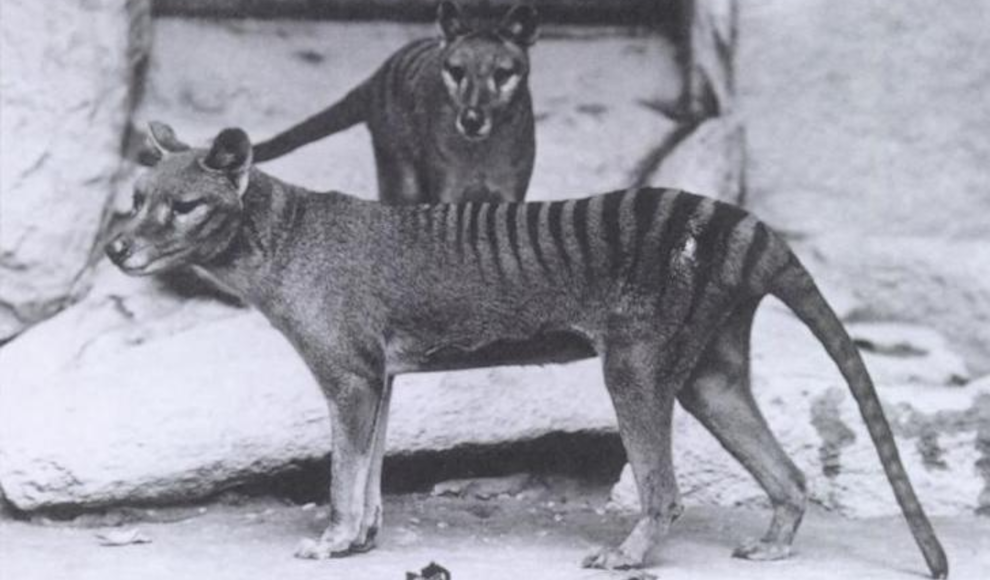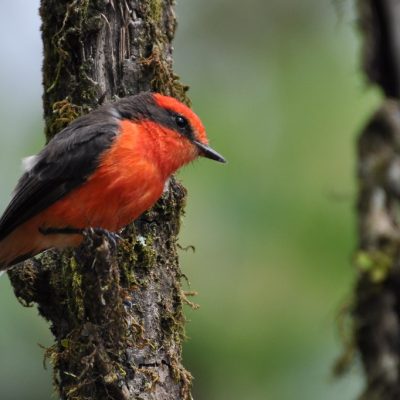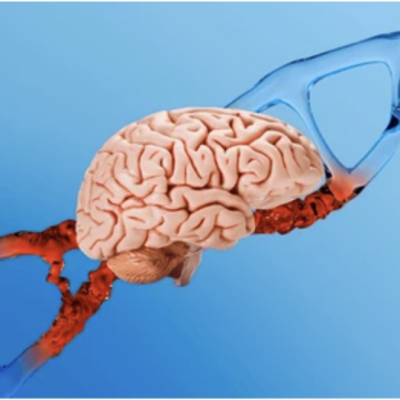The Tasmanian Tiger, also known as the Thylacine, has been extinct for 86 years. However, scientists are now attempting to revive the largest predatory marsupial using new genetic methods and reintroduce it into the wild. The Tasmanian Tiger was once widespread in Australia, but after European settlement, it was heavily hunted, leading to its extinction in the 20th century. The last Tasmanian Tiger died in captivity in 1936. Despite this, there have been reports of sightings of the animal in the wild.
According to The Guardian, scientists are now using genetic methods to revive the Tasmanian Tiger and reintroduce it to its former habitat. The University of Melbourne recently received a $5 million donation to support the project, and the company Colossal, founded by genetic pioneer George Church, is also involved. The team has already sequenced the genome of a preserved Tasmanian Tiger, providing them with a “complete blueprint” of the extinct animal.
In the next step, researchers plan to use gene-editing techniques to transform stem cells from the Fat-tailed Dunnart, a marsupial whose DNA is similar to that of the Tasmanian Tiger, into Thylacine cells. They will then create an embryo from these cells, which will be implanted into either a Dunnart surrogate mother or an artificial womb. The researchers hope to breed Tasmanian Tigers entirely in vitro, from conception to birth. However, they acknowledge that there are still scientific hurdles to overcome, and it may be necessary to use a surrogate mother. Despite these challenges, the project leader, Andrew Pask, is optimistic that the first Tasmanian Tiger cubs could be born within a decade.
Reviving an extinct species is a complex and controversial undertaking, and the Tasmanian Tiger project is no exception. Some critics argue that the resources and funding could be better spent on conserving endangered species that are still alive. Others worry about the ethical implications of creating new life forms in a laboratory. However, proponents of the project argue that it could help restore balance to ecosystems that have been disrupted by human activity and provide valuable insights into the genetics of extinct species.










